Highlights
- “Baro-Aspida” highlights important topics on lung barotraumas
- Learn what a lung barotrauma (or lung squeeze) is and isn’t
- How and why lung squeezes occur in freediving
- Learn how to reduce the likelihood of squeezing
- Modify your training program for safer and healthier dives
- Read our quick takeaways to get the fast facts of the book
Deep freediving, much like high-altitude alpinism was 100 years ago, is pioneering what the limits of human physiology are. If you’re a deep freediver, you’re one of the subjects in an experiment for knowledge on freediving lung barotraumas.
Andrew’s book sheds a bright light on the subject of lung squeezes. I highly recommend any deep freediver, reaching depths below Residual Volume (RV), read his e-book.
Reading time: 9 minutes
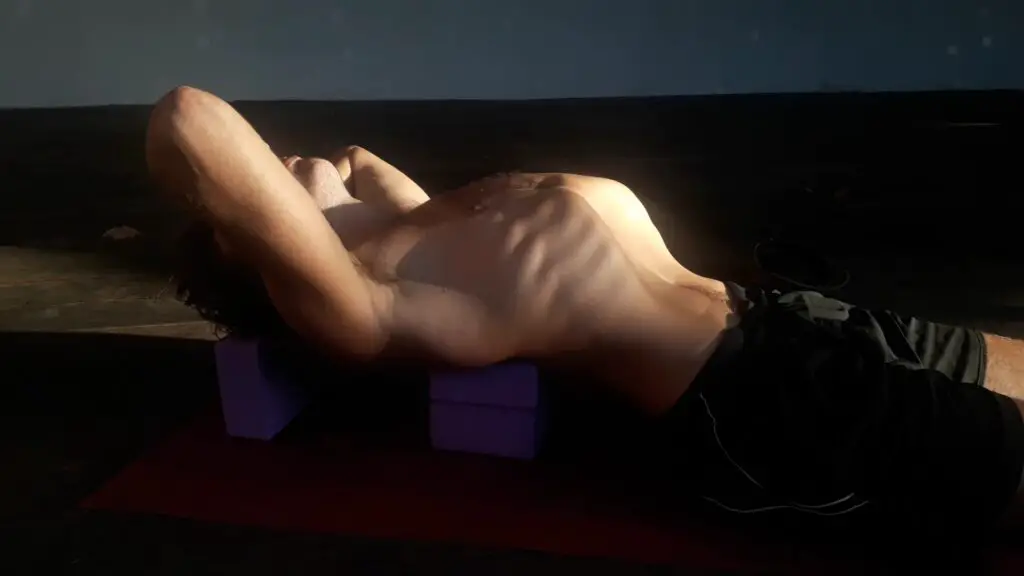
What is a lung barotrauma?
A lung barotrauma, known as a “lung squeeze”, is a pressure-related pulmonary oedema. When this occurs, the lungs can fill with fluid and the gas exchange in the alveoli is compromised. It is often associated with haemoptysis, or the spitting of blood in the respiratory tract.
When the intrapulmonary pressure increases, capillaries in the lungs may start to rupture, causing blood to fill the alveoli. We discussed this in previous article. There are different types of lung barotraumas, and different mechanisms that cause them. Read on to know more.
Who is Andrew Babbage?
Andrew is an experienced instructor, freediving athlete from New Zealand, and an author. He’s trained in Dahab, Egypt and Amed, Indonesia with elite freedivers and at world-class schools. He’s witnessed his fair share of successes, failures and injuries in freediving training and competitions.
What is Baro-Aspida?
The word “baro” comes from the Greek “pressure” or “pressure-related”. The word “aspida” comes from the Greek “shield”. Baro-Aspida is a book that provides both educational and practical advice to help you prevent lung barotraumas, also known as “lung squeezes”.
There’s no easy solution to this problem, believe me. Rather, a series of habits, training methodologies and knowledge you can implement in your freediving to start avoiding lung squeezes.
If you can start putting the teachings of this book into action. You’ll effectively start creating your own “pressure-shield” against lung squeezes.
What you’ll get from this book
The Physiology of lung barotraumas
Andrew starts by diving deep into the human anatomy and physiology. This is something I thoroughly enjoy. It shows evidence that plenty of research was undertaken. Specific papers and studies are referenced to complement the different topics.
The book introduces the types of lung squeezes; the ones that occur in the airways and the ones within the lungs. We gain an understanding that is topic is extremely complicated, like the intricacy of our respiratory system.
The Words from the Wise
Erika Schagatay, and her pioneering work, is introduced while discussing physiology. Francesa Frassi‘s research is discussed to help us understand that maybe lung squeezes occur more often than we thought. They’re likely prevalent in mild forms at shallower dives.
Eric Fattah’s words from “Holistic Freediving” echo what some have known for a while now:
The way I avoided squeezes over the years was very simple, and it is exactly what people don’t want to hear; hundreds and hundreds of dives in the 20, 30, 40 meter range, gradually increasing depth of years and years while diving all year round.”
Eric Fattah
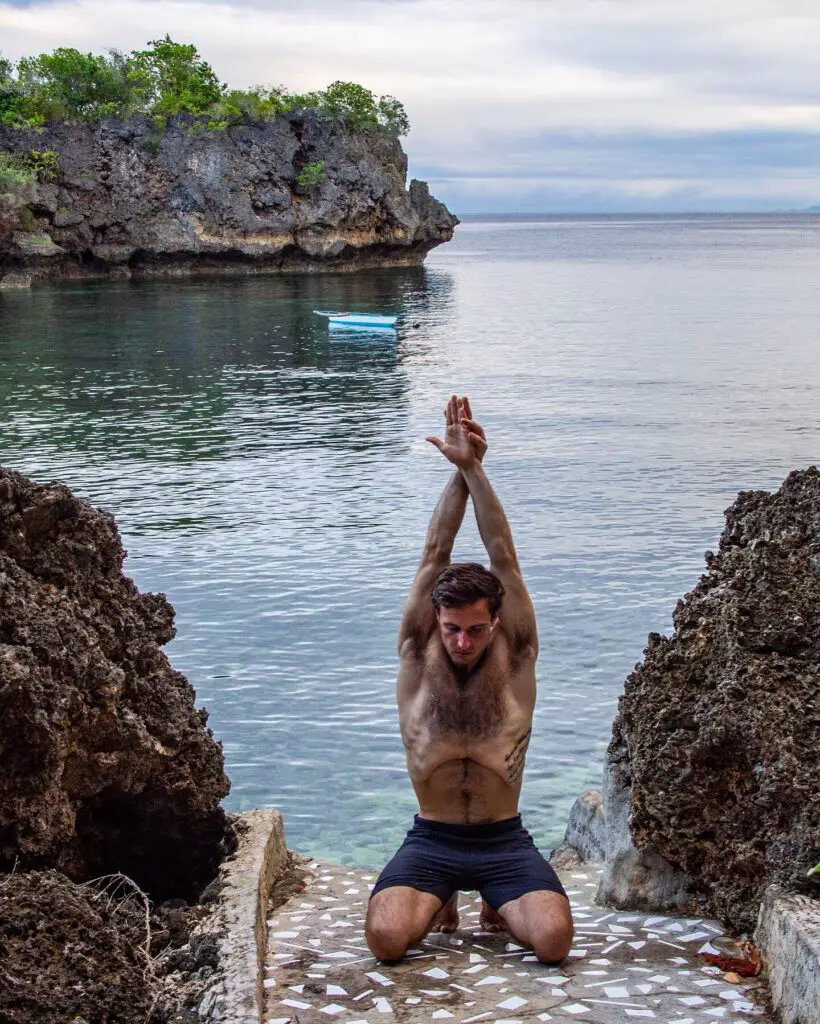
Davide Carrera’s thoughts on the philosophy of freediving and accepting one’s vulnerability in this game. Umberto Pelizzari’s advice on facial tension affecting depth equalization (which in itself is a major source for lung squeezes).
Baro-Aspida ends the book with a short Q&A with Alexey Molchanov. This is a nice touch since it brings this superhuman we all admire to our level. It makes us realize Alexey has had to overcome lung squeeze issues too on his road to world champion.
Theoretical and practical
The book introduces concepts in human physiology, biochemistry and biology. The book addresses clinical studies performed on elite freedivers. What have we learned from these and how can we apply them to our training?
Furthermore, Baro-Aspida also provides practical exercises to reduce the likelihood of lung squeezes. They’ve worked for Andrew and many others too. You understand why you’re doing them, and how they’ll assist in mitigating a lung squeeze.
Stretching techniques that help improve thoracic flexibility and musculoskeletal range of motion are discussed. These over time can help to avoid lung squeezes.
Makes it personal
Andrew brings a personal touch to this topic. You can understand he, like many of us, has struggled with lung barotraumas in his freediving. This is likely the motivating factor that drove him to accumulate a wealth of knowledge and ultimately share with others.
I can see and accept now; my biggest weakness in the past was impatience. Through time at depth we adapt. I spent two years in the sixty metre zone far from hypoxia, before I decided I was ready to advance further.
Andrew Babbage, Baro-Aspida
He also addresses well-known incidents such as the one of Nicholas Mevoli. This unfortunate accident taught our community much on the compounding effect of multiple lung squeezes. This incident also helped change approaches in training, competition standards and regulations.
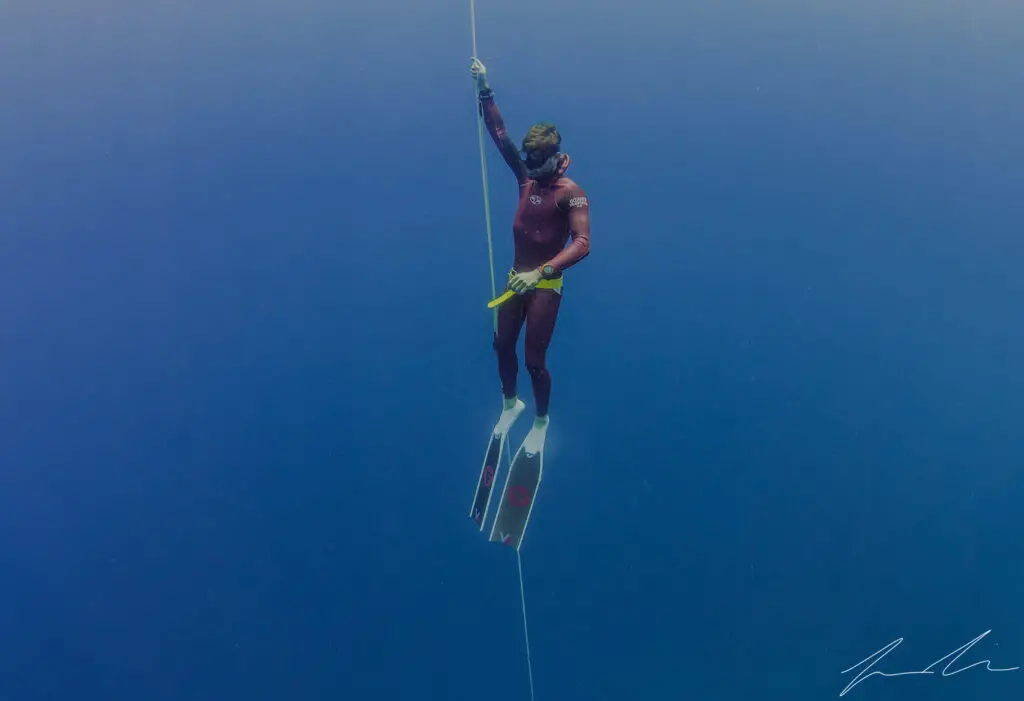
A few key takeaways
Here’s a few key takeaways from Andrew’s book. There is much to learn regarding lung barotraumas in freediving. We’ve written about this in the past. Enjoy these top points.
You may not necessarily agree with all of them, but please recognize we’ve all been on this journey with different teachers, environments, and different physiologies.
A few thoughts on freedive training
- Use variable weight (VWT) in training to adapt at depth in order to build up as little carbon dioxide (CO2) as possible. This allows you to adapt to depth with little to no contractions and work on equalization.
- Reconsider long, deep or intensive warm-up dives prior to a deep dive in training or competitions. A topic pointed recently pointed out by Nathan Vinski, who presents a solid argument on this.
I would rate the skill of ‘vocal fold control‘ as the most critical technical skill in deep freediving.
Andrew Babbage, Baro-Aspida
- Psychology of deep diving; don’t underestimate the importance of the flow-state, self-confidence and body awareness.
- Work on your CO2 tolerance! Turn on “beast mode” in the pool and make your pool training so hard that depth training feels easy.
- Consider introducing Functional Residual Capacity (FRC) and Residual Volume (RV) training into your program. Some freedivers don’t agree with some of these training techniques. However, they can be effective for:
- Depth adaptation
- Volume training
- Equalization practice
Dry stretching to prevent lung squeeze
- Thoracic muscles flexibility, improve musculoskeletal range of motion and diaphragmatic elasticity.
- Full lung stretching and exhale stretching. Consider full lung stretching on rest days and exhale stretching on dive days. Exhale stretching a few hours before the dive to prep the body for depth.
- Day to Day stretching: build the daily habit. Simple, digestible and fun exercises promote consistency and provide results.
- Equalization and stretching symbiosis. This is a game changer for me. At depth you have pressure on respiratory muscles and equalization muscles at the same time. This is a major point of tension that can result in lung squeezes. So why not work on both when dry stretching? Furthermore, both issues are heavily correlated!
“Learning how to isolate and control the effects of negative pressure on the body while carefully coordinating the equalization muscle groups and/or other tasks such as free-fall positioning is a clinical task.”
Andrew Babbage, Baro-Aspida
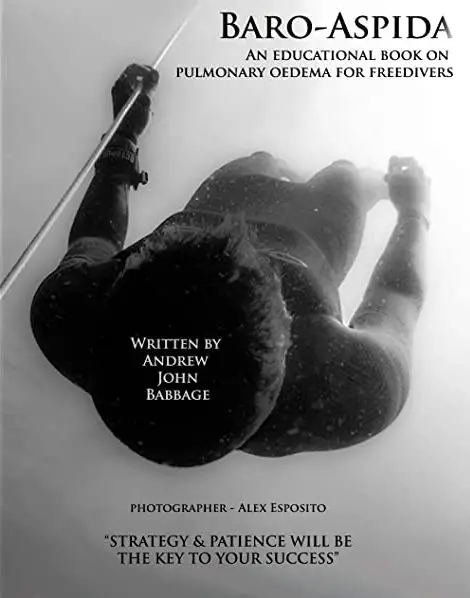
Disclaimer
Please note we are not medical professionals, and nor is the author of this book. Much research has been done in the writing of this book, and our articles. This information is purely educational, and not to be inferred as medical advice. Please consult a medical professional in regards to lung barotrauma incidents.
Preferably an ER respirologist that is also a deep diver, which I acknowledge is quite rare to find. There’s a good chance your family doctor knows little about lung barotraumas.
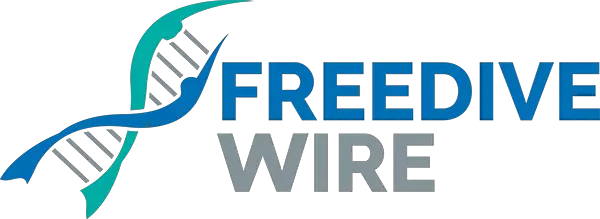
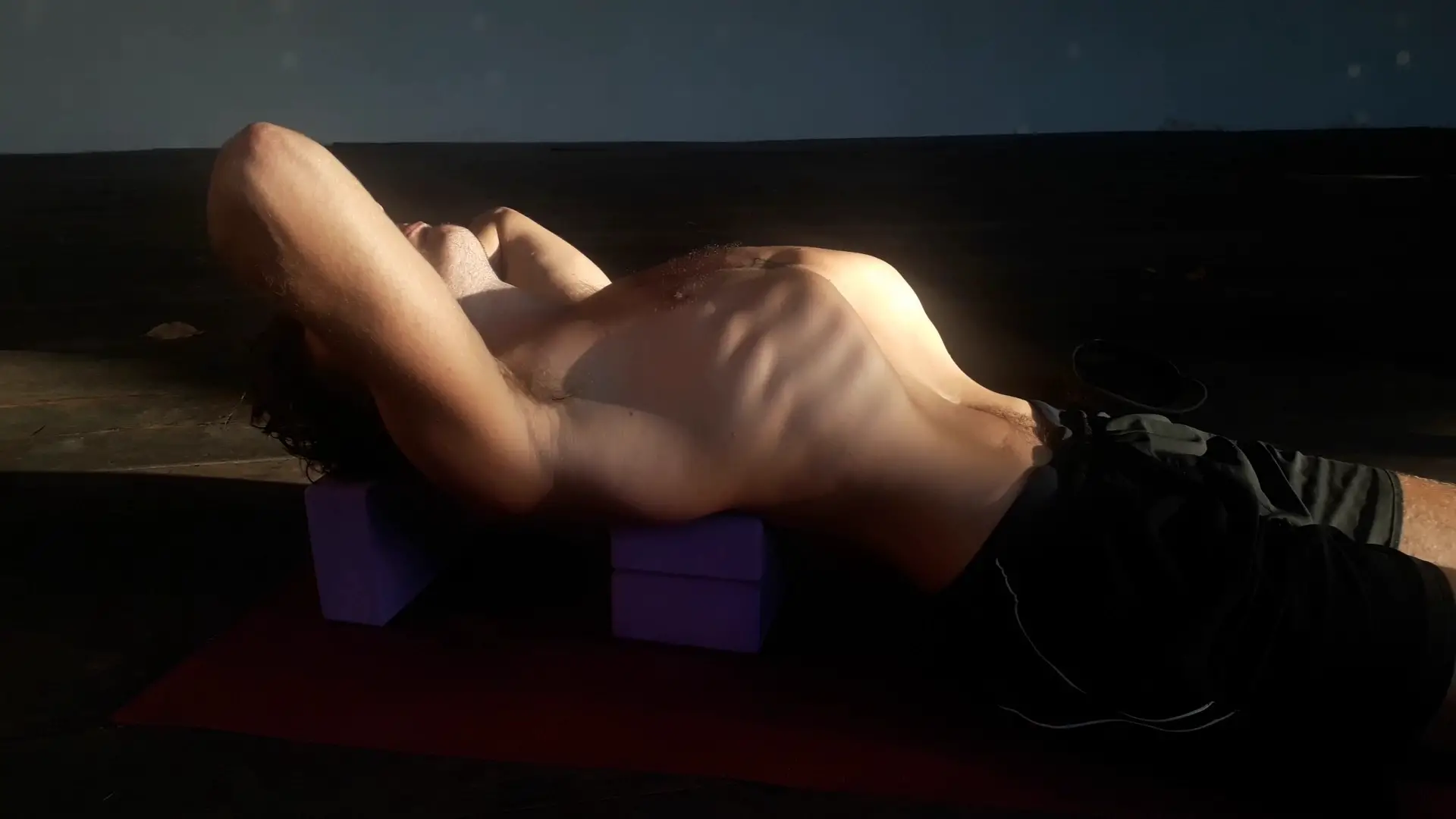
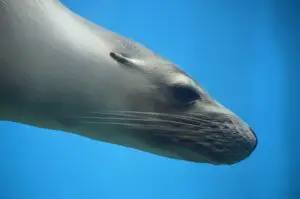
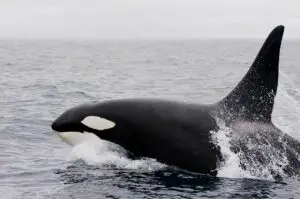
I HAVE BEEN DIANOSED WITH THE BEGINNINGS OF EMPHESEMA, CAN I STILL FREEDIVE